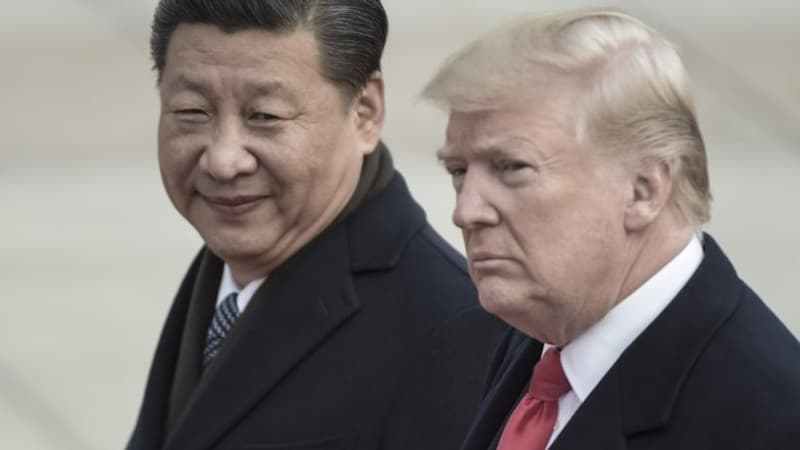Towards a new commercial order dominated by Chinese companies? A credible scenario according to a new study conducted by S&P global. And for a good reason, the War of the Found Tariff for the president of the United States, Donald Trump, accelerates Beijing investments in developing countries.
Exports of Chinese products have doubled in the last decade to countries located mainly in Southeast Asia, Latin America and the Middle East, against a 28% growth to the United States and 58% to Western Europe, according to a report published on Tuesday, August 19 by S&P Global. This trend has accelerated in the five years that followed Donald Trump’s first mandate.
To conquer new markets
This tariff offensive occurs when Chinese companies are looking for new markets abroad, in a context of decelerating the second world economy whose companies want to create manufacturing centers for products ranging from electric vehicles to electronics. “The strong uncertainties linked to the tasks of US customs and Chinese economic slowdown will continue to encourage Chinese companies to resort to southern countries,” S&P global economists said in their report.
The economic data published last week highlighted the negative repercussions of the tasks of US customs in the Chinese economy, with a growth in industrial activity at its lowest level since November and a fall in real estate and infrastructure investments. Exports to the United States fell in July for the fourth consecutive month, according to the figures published on August 7, even if the expeditions to the countries of Africa and Southeast Asia have largely compensated this fall.
New trade agreements with southern countries
In recent months, Chinese officials have multiplied efforts to strengthen their relationships with developing countries, reduce commercial barriers and sign new commercial agreements. In June, President Xi Jinping said that he was going to abolish all customs import tariffs for almost all African countries, and participated in summits and held meetings with the leaders of Latin America and Southeast Asian.
According to S&P global, China’s trade with its 20 main partners in the South now represents an average of 20% of the gross domestic product of these countries. In addition, more than half of China’s total commercial surplus comes from the South, compared to 36% for the United States and 23% for Western Europe. There have been a certain opposition to which Chinese officials will have to face, according to the Global S&P note, particularly by workers and industrial groups that are mobilizing against cheap imports that interrupt the local industry.
Source: BFM TV


